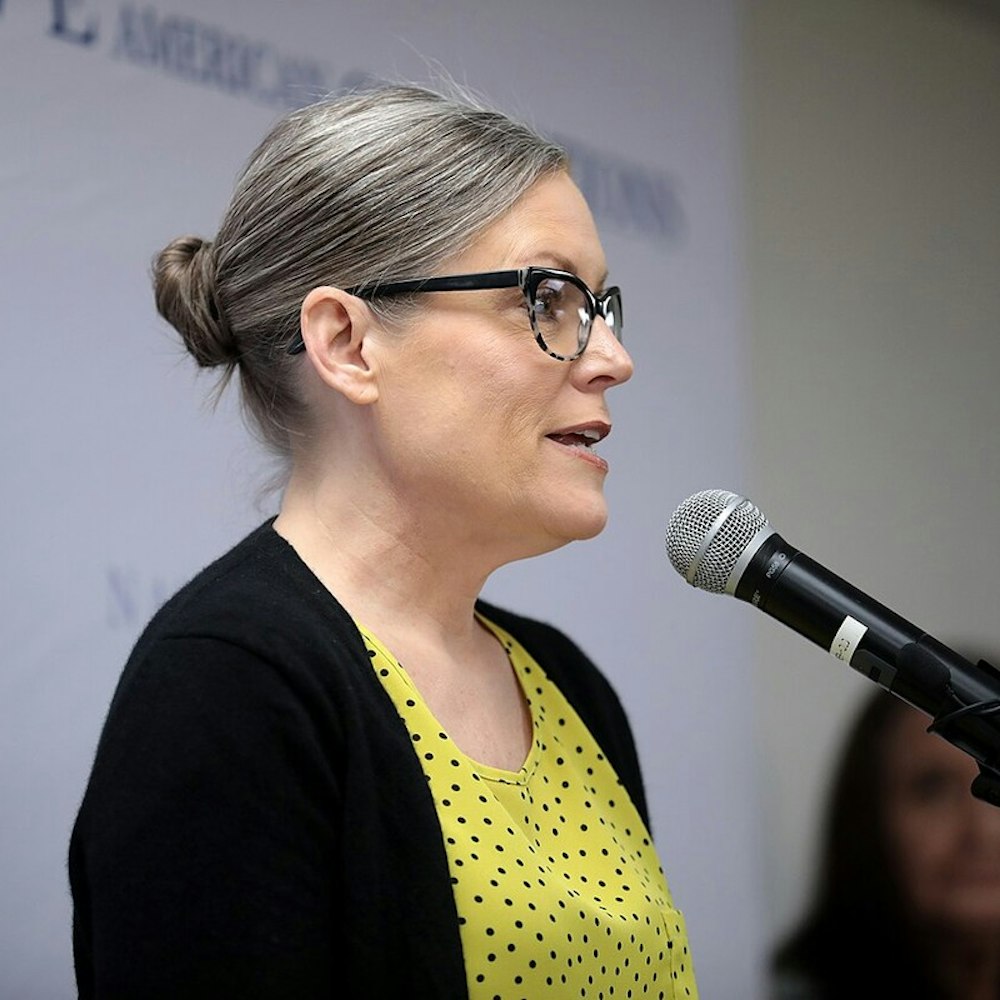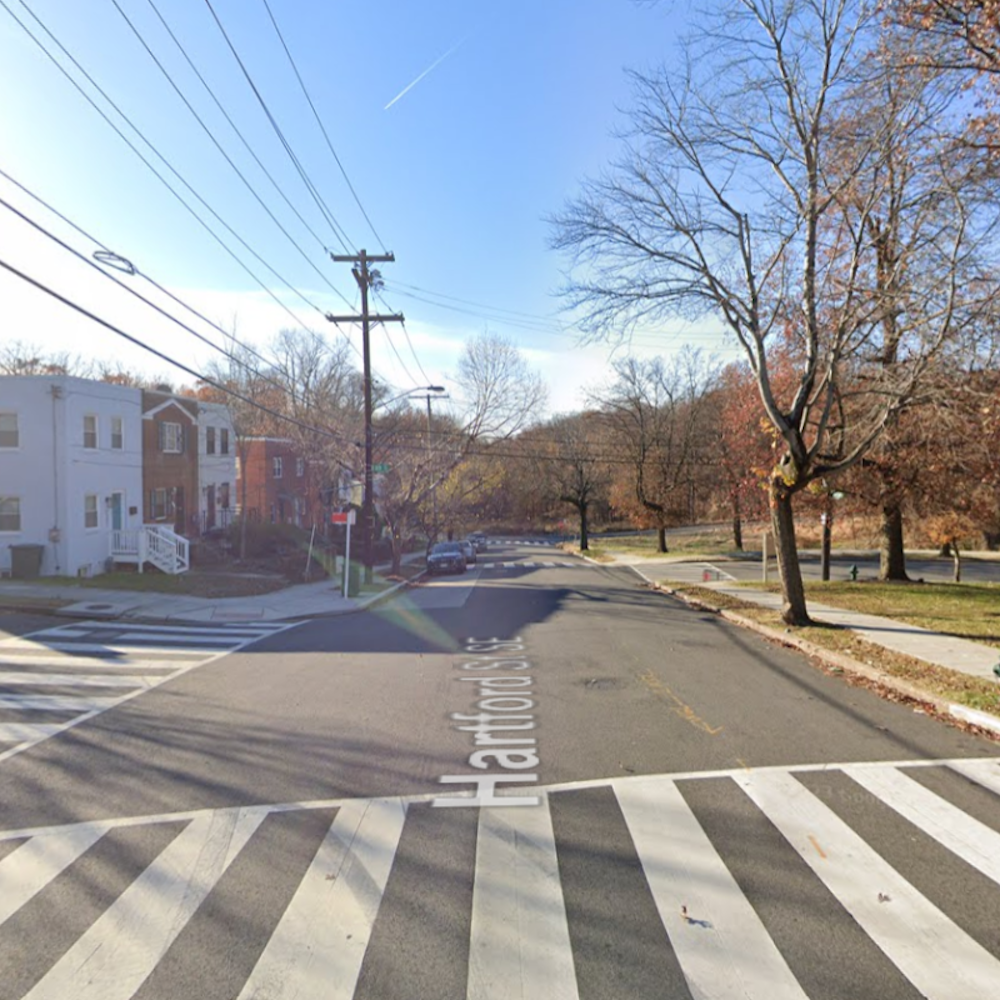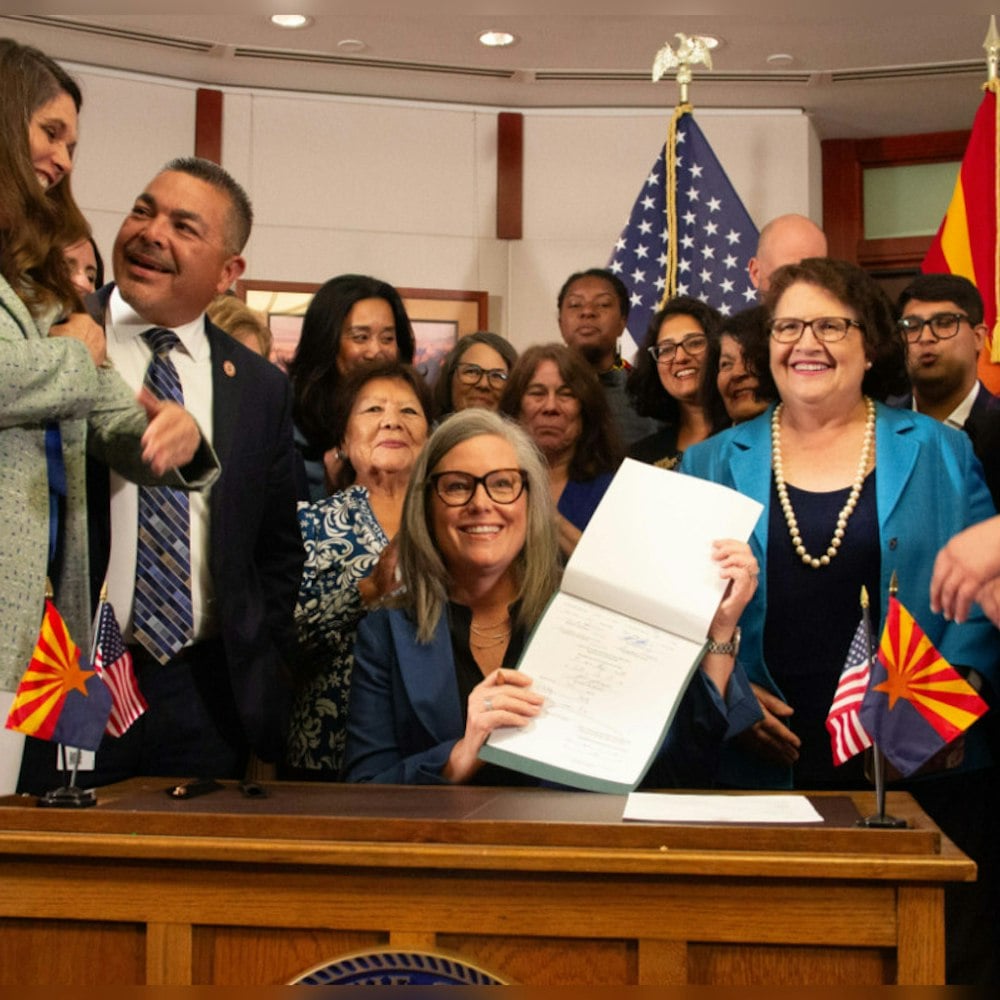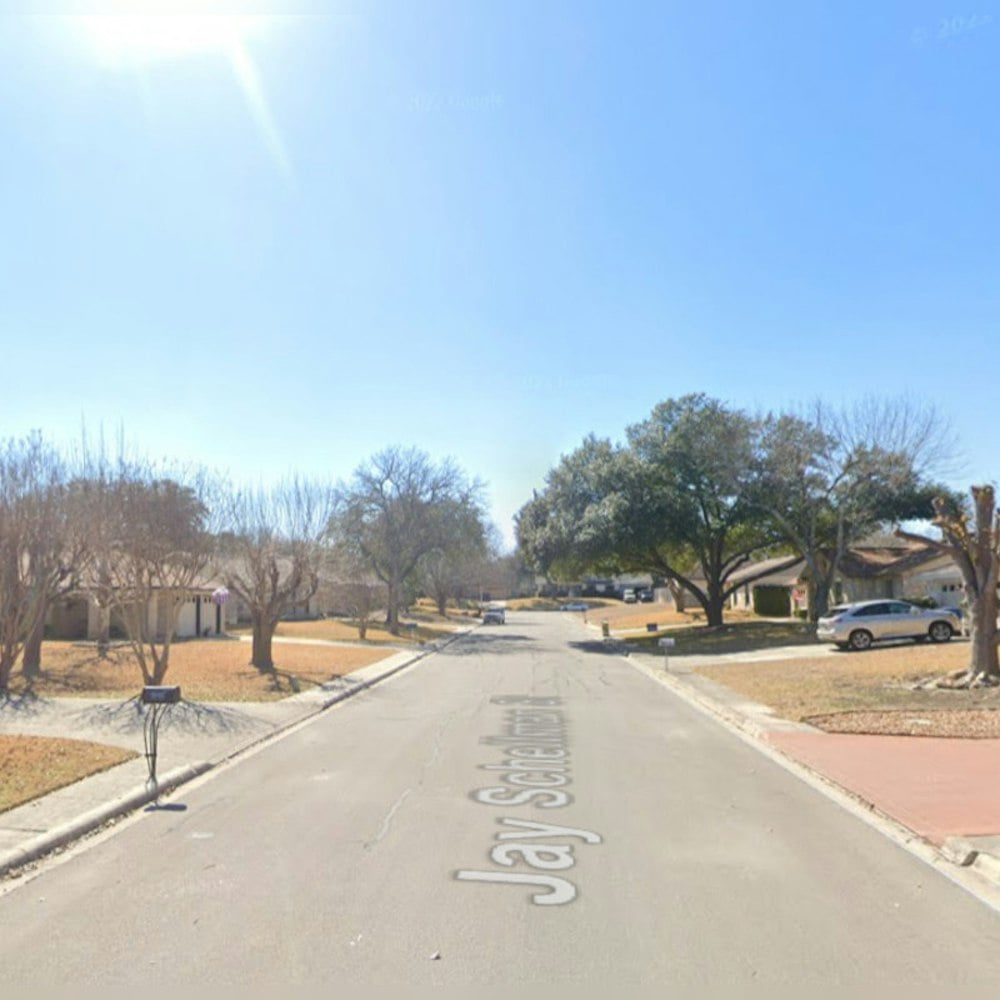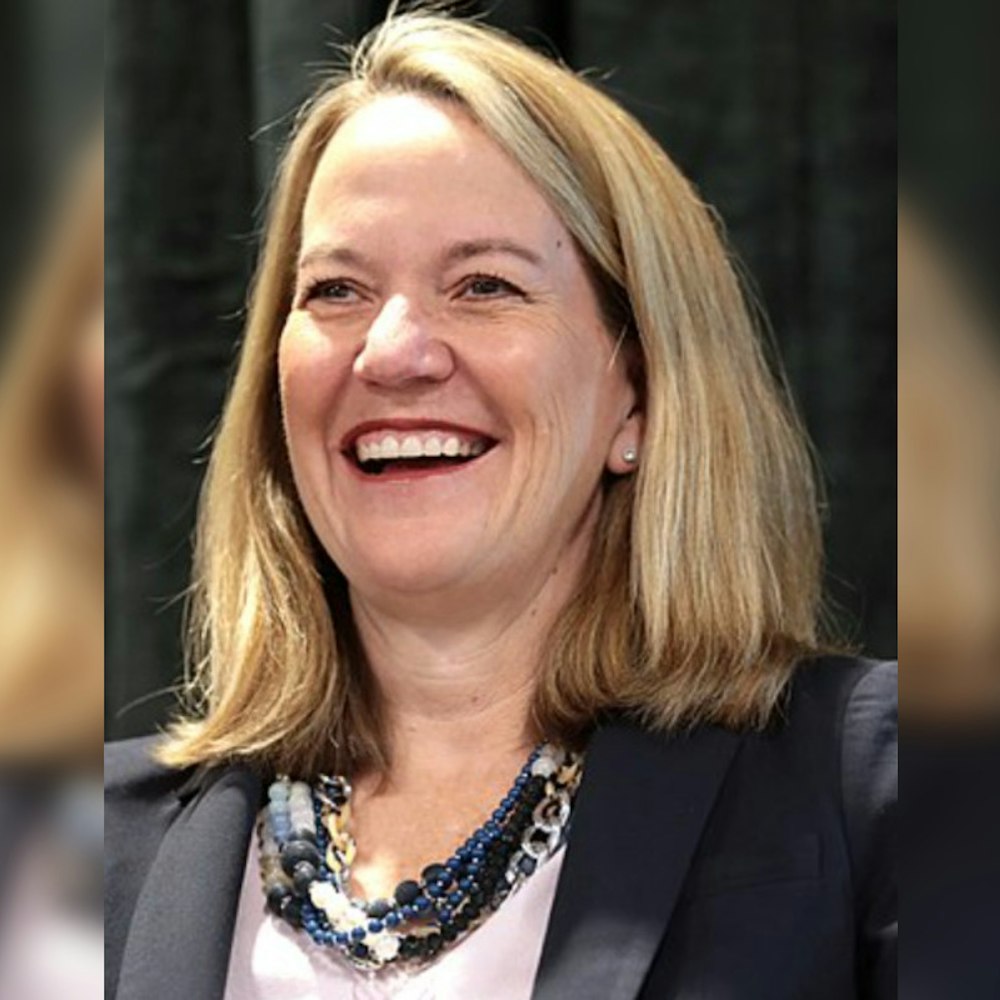
Drivers in Minnesota may have noticed major construction efforts currently reshaping the face of transportation in the region. The Minnesota Department of Transportation is hard at work installing E-ZPass lanes along I-494, stretching from Hwy 100 to I-35W, and adding a fresh on-ramp at the bustling I-35W and I-494 interchange, an initiative aimed at curtailing the notorious traffic congestion frequenting these arteries, according to an announcement on the City of Bloomington's official website. Commuters have been navigating these changes since last spring, with crews diligently toiling to complete the project by fall 2026.
Yet the endeavor is not restricted solely to easing vehicle flow; pedestrian and cyclist considerations are also being woven into the infrastructure tapestry, with bridge replacements at Portland Avenue, Nicollet Avenue, and 12th Avenue all part of the plan, and a pedestrian bridge at Chicago Avenue will offer a crucial link for those traveling on foot or by bike over I-494, nods to the often overlooked non-motorized road sharers, in a bid to knit the city closer together. All the latest information on the temporary inconveniences, such as ramp and lane closures, is readily available for public consumption at blm.mn/i494.
The modifications will bring about a shift in how some areas interact with the interstate; notably, once the project reaches completion, I-494 will no longer be accessible from Nicollet Avenue and 12th Avenue, though full access from Portland Avenue will be preserved, a change that will have lasting impacts on the local commuting patterns. These alterations signal just the beginning, as this project is the initial phase of the ambitious I-494: Airport to Hwy 169 vision that promises to redefine the metropolitan transit landscape.
Such large-scale construction ventures inevitably cause disruptions, but the hope is that by fall 2026 these current disturbances will be a distant memory and Minnesotans will be treated to a more efficient, accessible transportation network.
